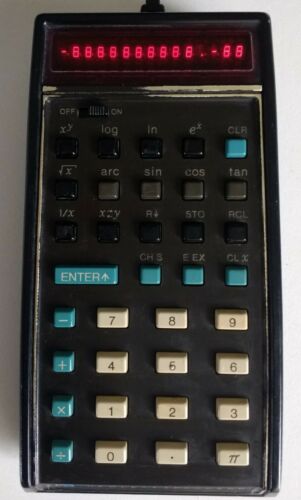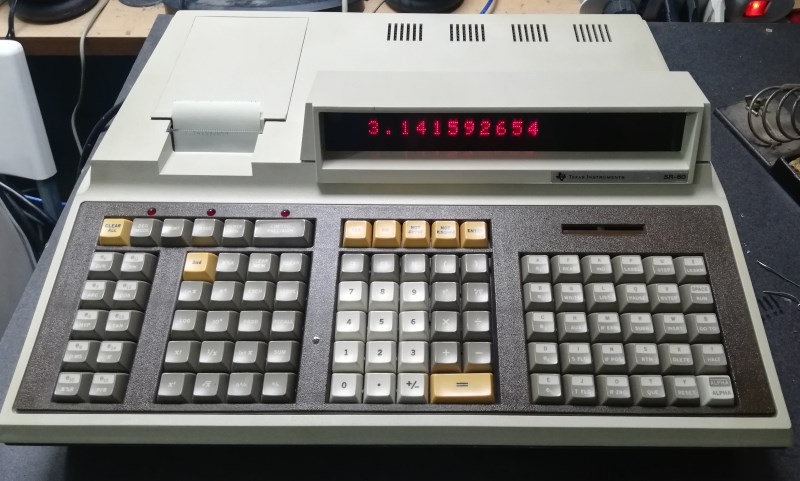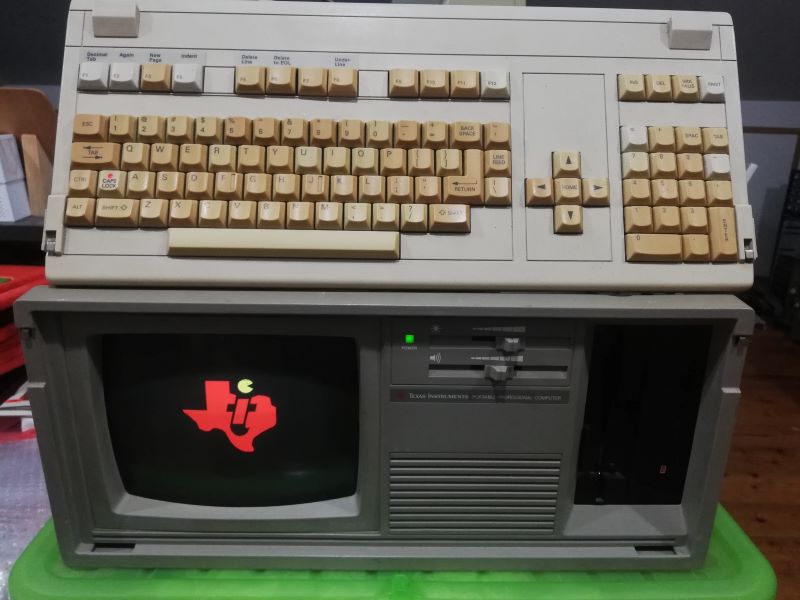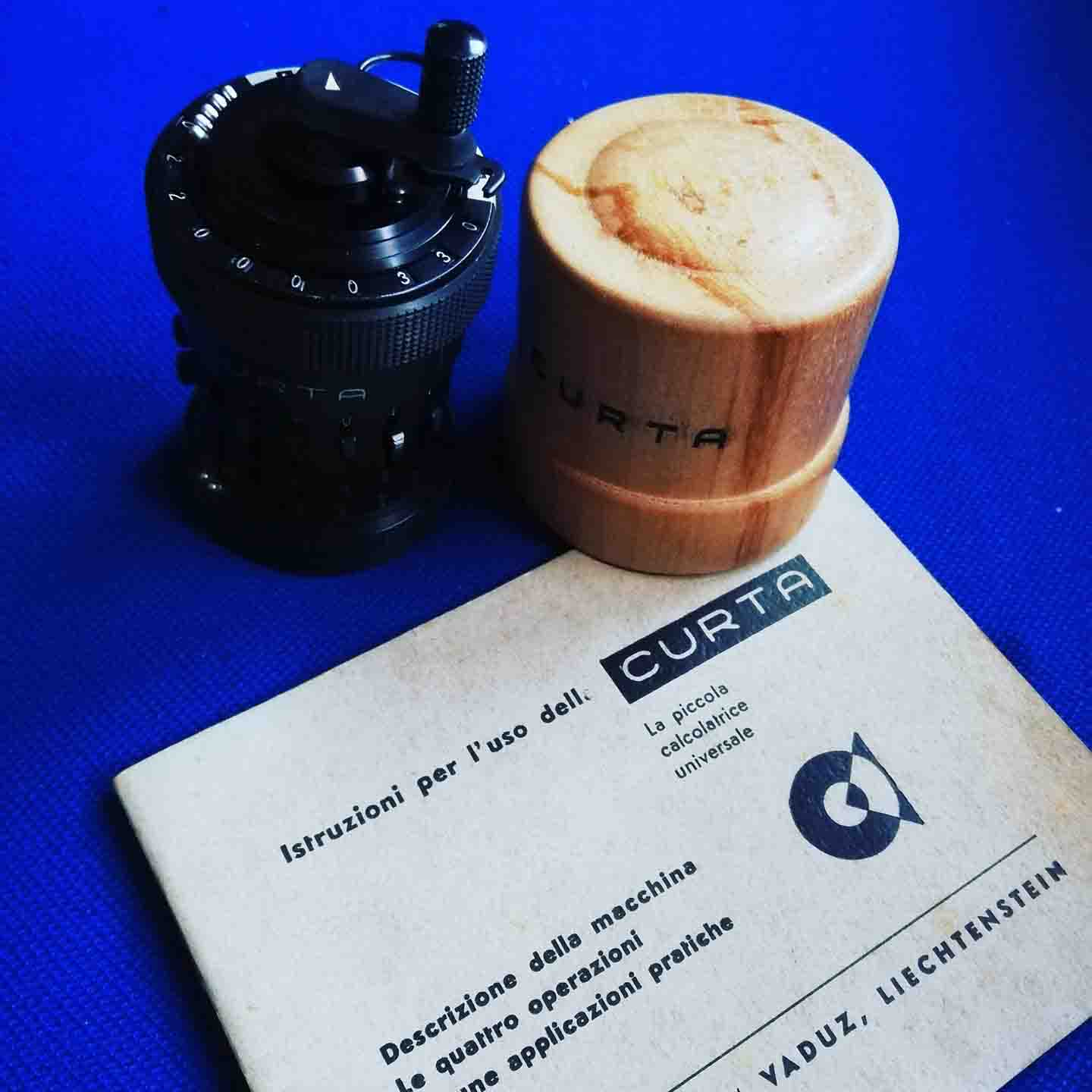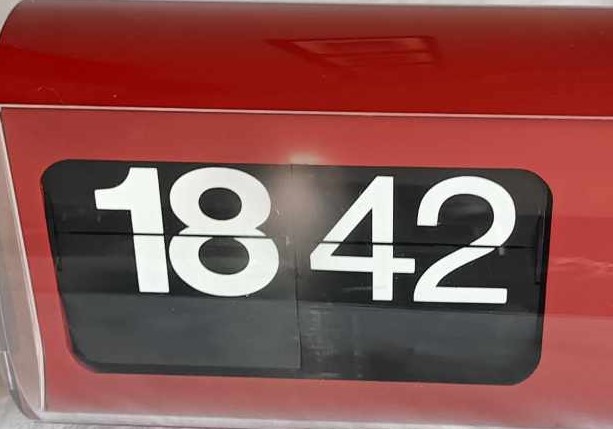HP
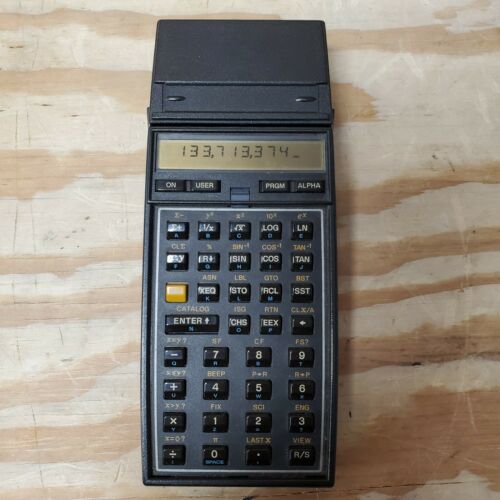
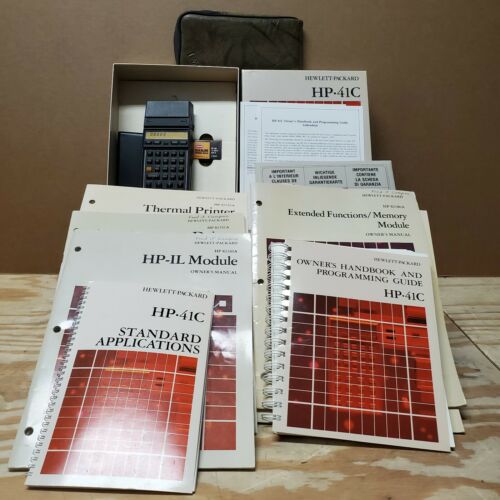 Model: HP-41C
Model: HP-41C
Battery:
Adapter:
Year: 1979
Chip:
Info: The HP-41C series are programmable, expandable, continuous memory handheld RPN calculators made by Hewlett-Packard from 1979 to 1990. The original model, HP-41C, was the first of its kind to offer alphanumeric display capabilities. Later came the HP-41CV and HP-41CX, offering more memory and functionality
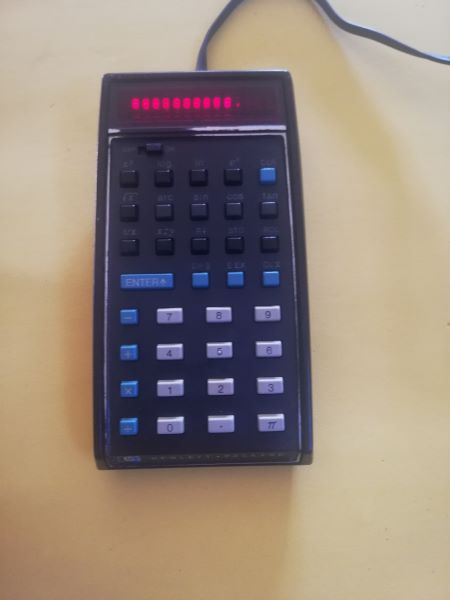 Model: HP-45
Model: HP-45
Battery:
Adapter:
Year: 1973
Chip:
Info: The HP-45 is the second scientific pocket calculator introduced by Hewlett-Packard, adding to the features of the HP-35. It was introduced in 1973 with an MSRP of US$395 (equivalent to $2,411 in 2021). Especially noteworthy was its pioneering addition of a shift key that gave other keys alternate functions.
 Model: HP-65
Model: HP-65
Battery:
Adapter:
Year: 1974
Chip:
Info: The HP-65 is the first magnetic card-programmable handheld calculator. Introduced by Hewlett-Packard in 1974 at an MSRP of $795 (equivalent to $4,368 in 2021), it featured nine storage registers and room for 100 keystroke instructions. It also included a magnetic card reader/writer to save and load programs. Like all Hewlett-Packard calculators of the era and most since, the HP-65 used Reverse Polish Notation (RPN) and a four-level automatic operand stack. It was the first programmable calculator to be used during a space mission. The calculator was supplied to the astronauts of the Apollo-Soyuz test program, to be used in the event of a malfunction of the Apollo Guidance Computer
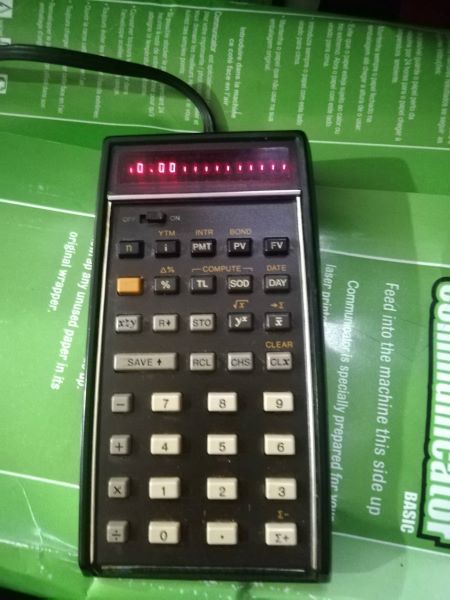 Model: HP-80
Model: HP-80
Battery:
Adapter:
Year: 1972
Chip:
Info: The HP-80 was HP's second handheld calculator. This calculator was designed for business rather than scientific/engineering. In addition to having different functions, it was designed with a different philosophy. Whereas the HP-35 was designed for technical/mathematical users, the HP-80 was designed to be a problem solver that didn't require its users to know the formulas needed. Thus, the user could simply enter the parameters of a business problem and get an answer with a single keystroke. (In other words, the HP-35 user supplied the formulas, but on the HP-80, the calculator supplied them.)














